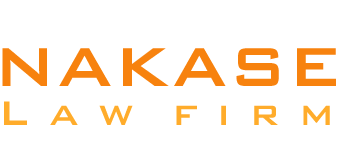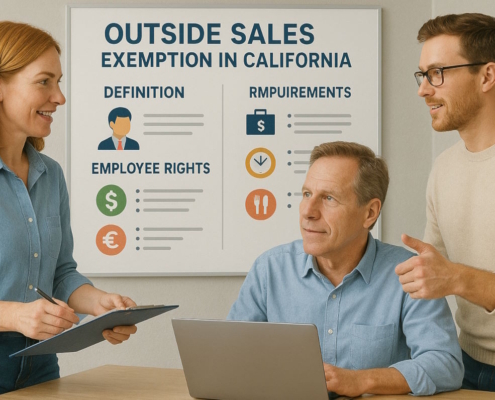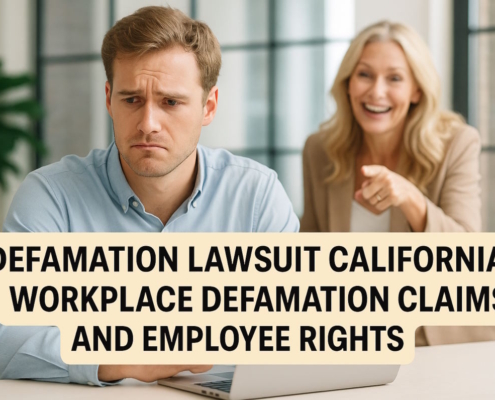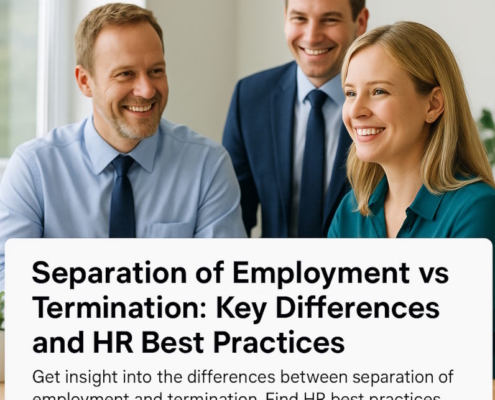Introduction
Employers in California must adhere to new regulations aimed at preventing workplace violence by July 1, 2024. Section 6401.9 of the Labor Code says the majority of employers have to make a workplace violence prevention plan, ensure training is provided yearly, and maintain records.
Disclaimer: Do not see this material as legal guidance; it is only informational. Comply with both the Cal-OSHA and California Labor Code guidelines and talk to a lawyer if you have any problems unique to your situation.
Basics: Workplace Violence Prevention Plan in California
Workplace violence occurs anytime individuals or property are threatened with violence, intimidated or harassed, or if disruptive, unwanted behaviors at work make someone afraid for their safety.
Already, state law requires every employer to have an IIPP, a program that acts like a WVPP. Like an IIPP helps employers plan to reduce and react to work injuries, the WVPP helps employers identify threats of violence and support when dealing with or stopping them. Even though architects are not at high risk for workplace violence, there are still certain hazards, and a WVPP will assist both employers and employees to be equipped.
Employers Covered
All companies in California are subject to the current workplace violence prevention regulations, with the following exceptions:
- Workplaces that are closed to the public and have fewer than ten personnel on duty at any point in time;
- Workers who work remotely from a place of their choice that is not under the jurisdiction of their company.
Requirements for a broad workplace violence prevention plan in California
Employers must create and carry out a plan to avoid workplace violence, which must include:
- The identities of those in charge of carrying it out;
- Protocols for receiving and handling reports of violence in the workplace, which include no retaliation against the person who made the report;
- Protocols for discussing issues of workplace violence; protocols for looking into employee complaints;
- Protocols for handling crises involving real or possible workplace violence; and
- Protocols for investigating and responding to incidents after they occur.
Employees must be able to quickly access the written plan. This implies that information does not necessarily need to be given to every employee, but at the very least it must be accessible to the more inquisitive staff members upon request. However, disseminating it to staff members or posting it on a company-wide system actually makes the plan “readily available” and aids in meeting the need for staff training on the plan.
While most architectural procedures would use a single overall plan for all work activities, the plan needs to be “tailored to the dangers and corrective actions for every work zone and operation.”
It can be added to an already-existing Injury and Illness Prevention Plan or used as a stand-alone strategy.
Violence Types under Section 6401.9 of the Labor Code
The four main categories of workplace violence must be evaluated in accordance with the law:
- Criminal violence: Criminal violence is when someone who is not allowed to be there voices plans or makes threats to commit a crime at work.
- Violence by visiting Customers or Invitees: This includes acts of violence committed on a building/official site by a different party. This type of violence is perpetrated by people who are given permission to be in the workplace, such as clients, students, contractors, or additional guests.
- Employee violence: It occurs when a boss, supervisor, or previous employee acts violently against another employee (perhaps as “revenge” for what they see to be unfair treatment at work).
- Personal Violence: A violent encroachment of a worker’s private life into the workplace by someone who is not a worker but has a close connection with the employee.
Training requirements
Employees must receive training from covered businesses when they create a plan to avoid workplace violence, and they must receive it annually after that. The following topics must be covered in training, along with interactive elements for Q&A:
- How workers can get a copy of the business’s workplace violence prevention plan in California;
- How workers can disclose instances of violence in the workplace without worrying about reprisals;
- Risks of workplace violence that are unique to each employee’s job and ways to prevent it;
- The log of violent incidents and the methods by which staff members can access records; and
- Possibilities for engaging in conversations with someone who is informed on the company’s strategy for preventing workplace violence.
A company can fulfill the first training requirement after developing a plan by convening a meeting to go over the plan’s main components.
Requirements for Recordkeeping
The following documents must be kept by covered employers:
- Training logs for a year or longer;
- Logs of violent incidents for at least five years, including the time, place, and date of the occurrence; the type of violence that occurred at work; an extensive account of the incident; classification of the event’s circumstances, its type, its aftermath (such as whether administration or law enforcement were involved or what steps were taken to protect staff from an ongoing threat), and details about the individual filling out the record;
- Records of the investigation, assessment, and remediation of workplace violence hazards for no less than 5 years; and
- Records of investigations into incidents of workplace violence lasting no less than 5 years.
1. Record of Violent Incidents
A record of incidents that includes the what, when, where, and how of a violent incident—but not the “who”—must be kept by employers. There shouldn’t be any personally identifiable information in the log. The incident’s specifics, the Cal-OSHA category (type 1-4), the cause of the violence, the fallout, and the actions taken to safeguard workers against the risk reoccurring are all intended to be documented. One of the reasons a violent event log is intended to be individually anonymous is that employees might request a copy of it.
2. Inspection of Documents
Employers who fail to preserve these records may be subject to citations from Cal-OSHA, which has the authority to inspect them. On request, workers can also examine certain documents, such as logs of violent incidents, training records, and danger identification and assessment.
Review and Updates for WVPP
Employers must review the workplace violence prevention plan in California every year, just like they would with an IIPP. Employers are also required by law to examine the plan following an instance of workplace violence and if they notice any deficiencies.
On the Department of Industrial Relations website, employers can find an overview of Cal/OSHA’s new workplace prevention regulations as well as a model drafted Workplace Violence Prevention Plan in California that serves as an overall guide.































